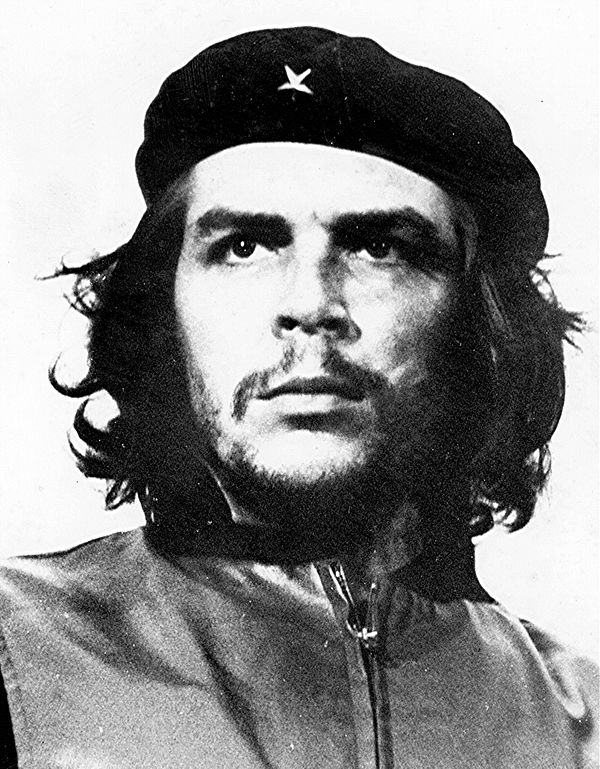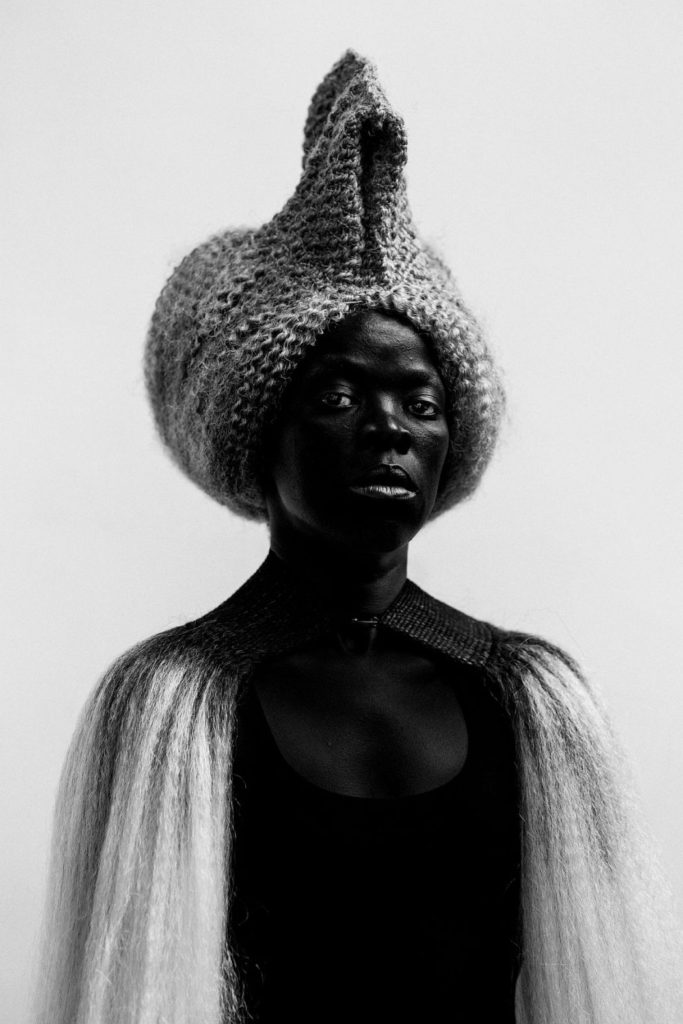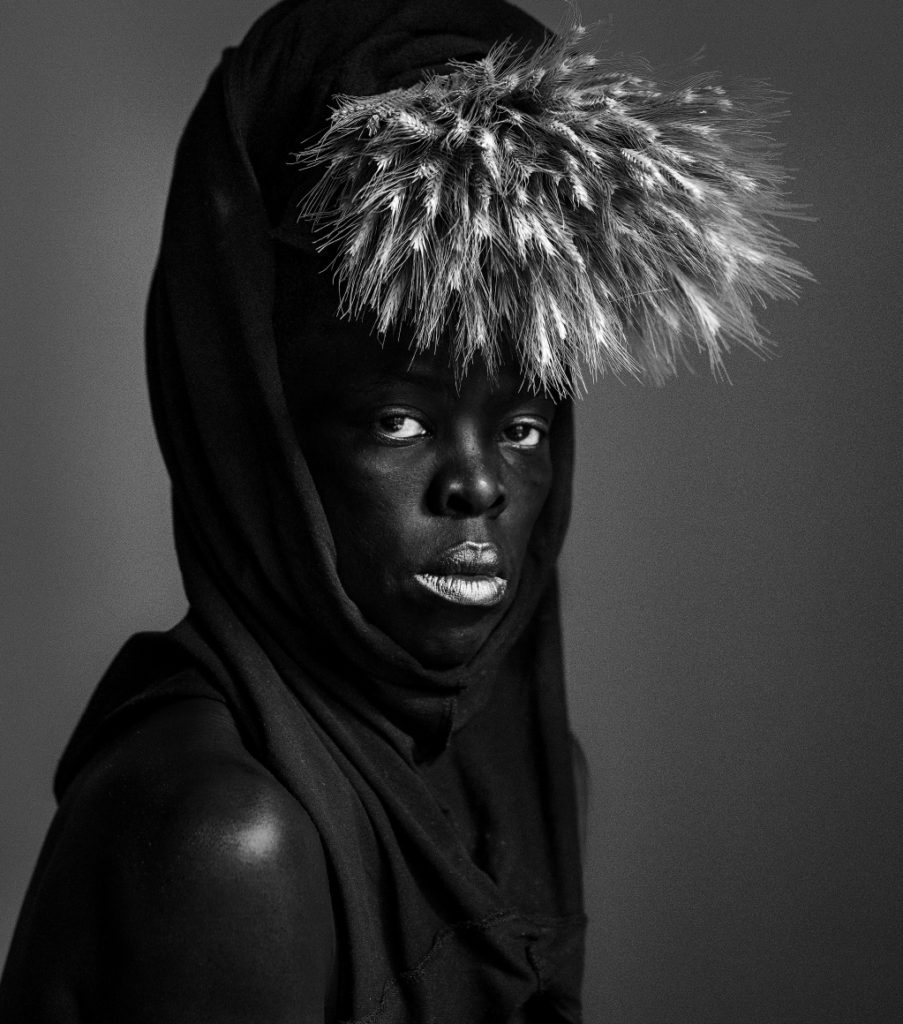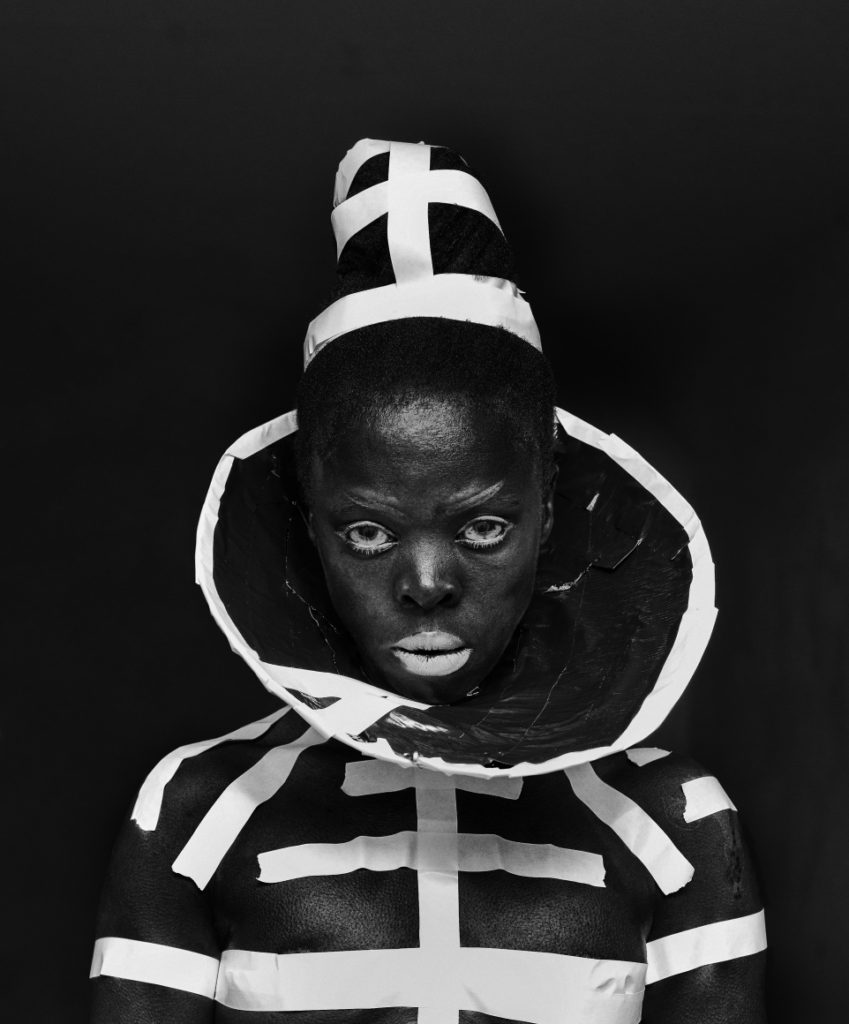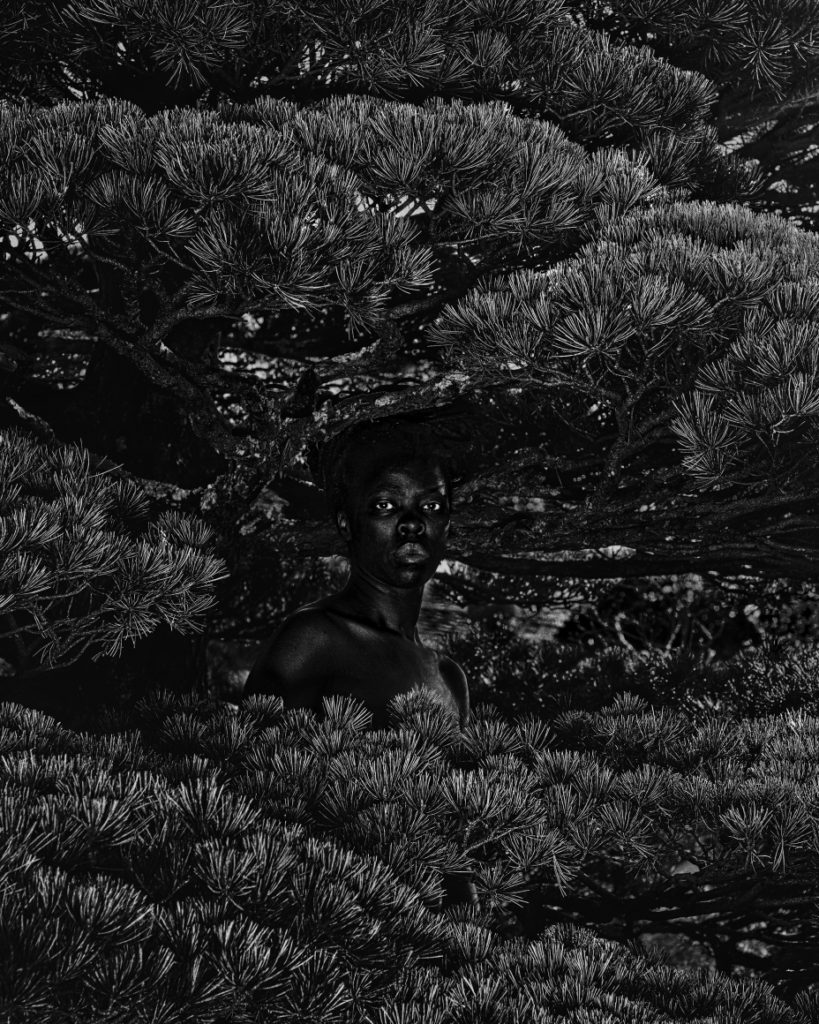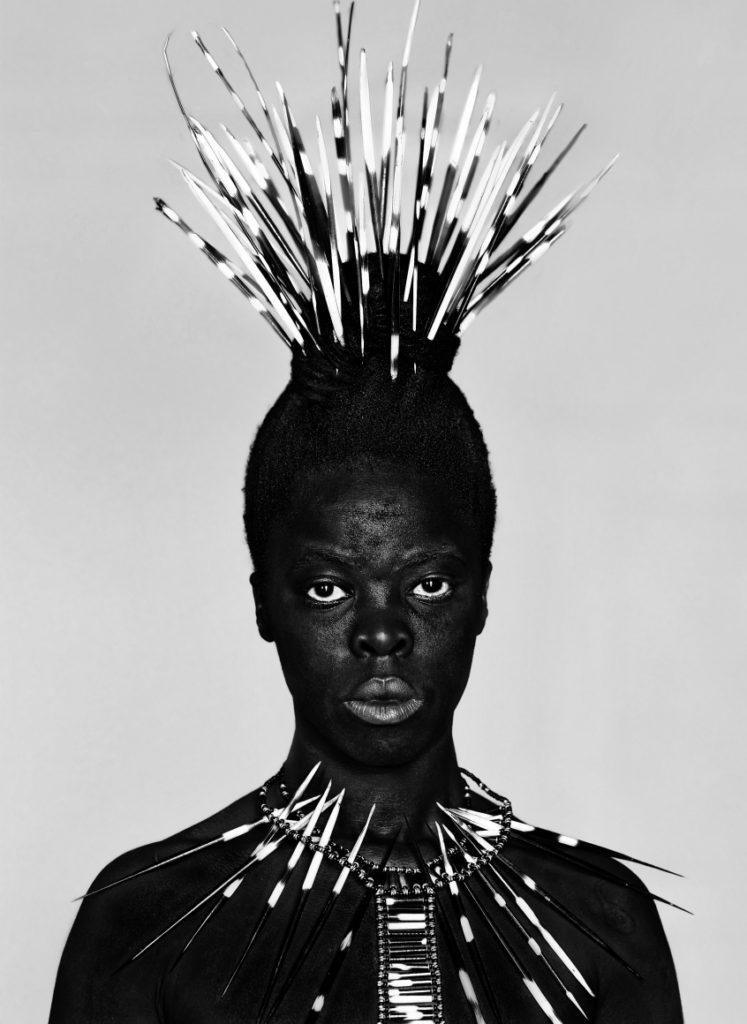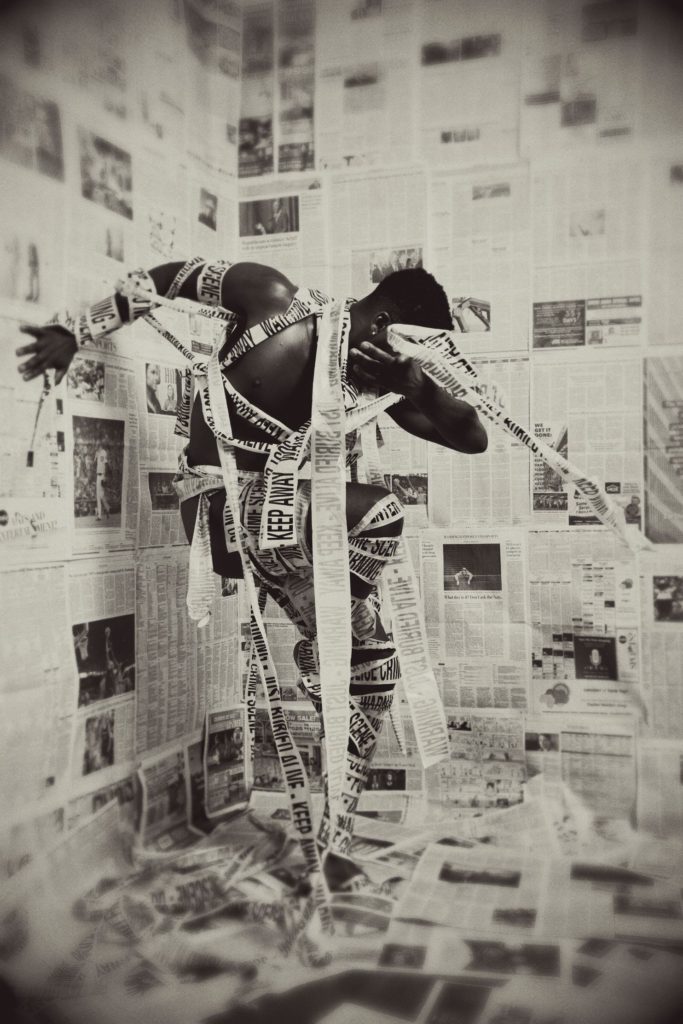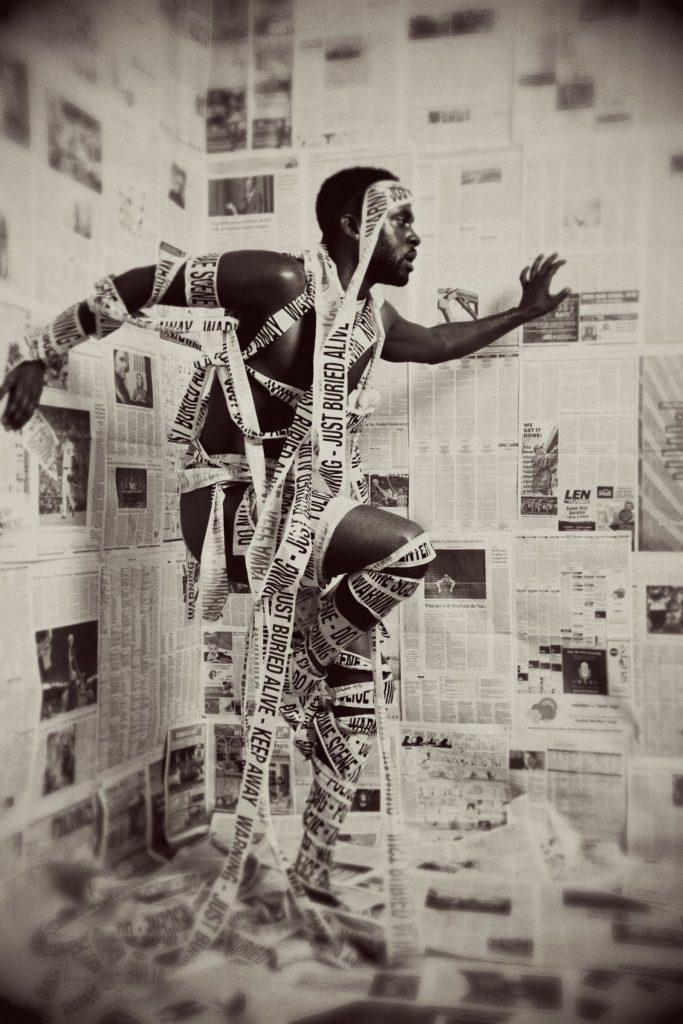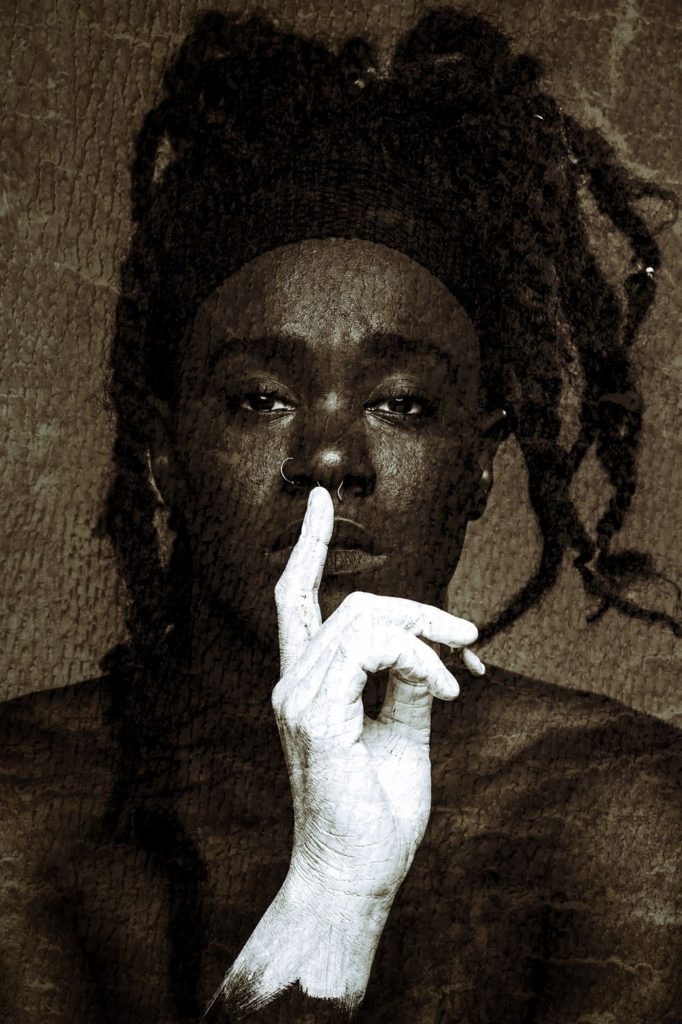When a photograph is considered iconic, it relates to the fact that it’s very influential and recognisable, famous even. The images that are labelled ‘iconic’ are embedded in our history and culture, often having a huge global impact on society. They may define a major event in history, or even come to create one. However what about the images, make them iconic?
Alberto Korda’s photograph of Che Guevara taken March 5, 1960 would be one of the most influential photographs in the course of history, becoming the global symbol of revolution and rebellion, but what aspects of the photograph make it so unforgettable?
Susan Bright talks about the photograph of Che Guevara in response to the question ‘Why is it famous’. She talks about the criteria that makes an image iconic, and, for Alberto Korda’s photograph of Che Guevara there seems to be a strong social value that influence its power as an image. There are many technical qualities of the photograph that contribute to it’s memorability, for example, its high contrast in blacks and whites, the upward angle of the camera shot, the focal point only being the face of Che Guevara, looking on with power and strength.

